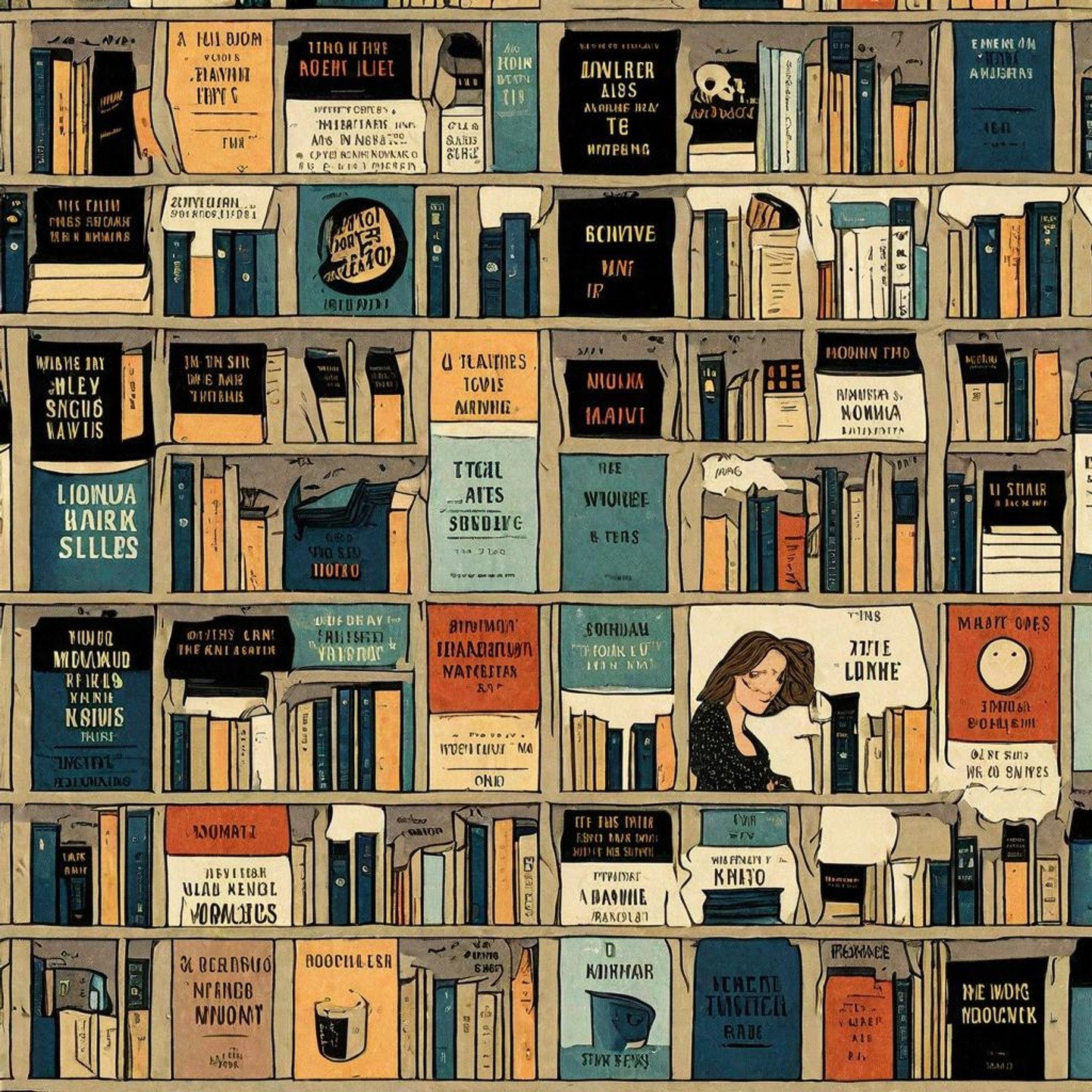Certainly! Below is a concise table comparing storytelling techniques in novels and films across different aspects:
Certainly! Below is a concise table comparing storytelling techniques in novels and films across different aspects:
| Aspect | Novels | Films |
|---|---|---|
| Narrative Structure | Typically linear or nonlinear, with various perspectives and timelines. | Often follows a three-act structure with a clear beginning, middle, and end. Flashbacks and non-linear structures are also used. |
| Pacing | Controlled by the reader’s pace, allowing for in-depth exploration and reflection. | Paced by the director, with a fixed runtime that demands efficient storytelling. |
| Point of View | Multiple points of view are common, providing insights into various characters’ thoughts and emotions. | Usually limited to the perspective of a single protagonist or an omniscient viewpoint, though ensemble casts allow for multiple perspectives. |
| Character Development | Detailed character exploration and internal monologues allow for nuanced development. | Visual and behavioral cues, coupled with dialogue, contribute to character development within a limited timeframe. |
| Description | Extensive descriptive prose allows for rich world-building and imagination. | Visual and auditory elements play a crucial role, conveying information efficiently through cinematography, set design, and sound. |
| Dialogue | Conversations can be extensive, delving into characters’ thoughts and feelings. | Dialogue is concise, emphasizing brevity and impact to fit the screen time. |
| Pictorial Representation | Left to the reader’s imagination, allowing for individual interpretation. | Directly presents visuals, with cinematography influencing the audience’s perception of the story. |
| Length | Variable, ranging from short stories to epic sagas, offering flexibility in depth. | Generally constrained by a fixed runtime, requiring concise storytelling. |
| Audience Engagement | Requires active engagement and interpretation by the reader. | Captures attention through visual and auditory stimuli, often engaging a broader audience. |
| Adaptability | Novels may be more challenging to adapt due to internal monologues and extensive internal thought processes. | Easier adaptation due to the visual nature, but challenges may arise in condensing complex plots or internal monologues. |
It’s important to note that these generalizations may not apply to every novel or film, as both mediums are diverse, and individual works may exhibit variations in storytelling techniques.
Let’s delve into the detailed explanations of the factors mentioned in the table:
- Narrative Structure:
- Novels: Novels often have the flexibility to employ various narrative structures. They can be linear, following a chronological order of events, or nonlinear, with timelines that jump back and forth. Some novels explore different perspectives and timelines to provide a comprehensive view of the story.
- Films: Films frequently adhere to a three-act structure: setup, confrontation, and resolution. While this structure offers a clear and familiar framework, filmmakers also experiment with non-linear storytelling through techniques like flashbacks or parallel storylines.
- Pacing:
- Novels: The pacing in novels is controlled by the reader’s pace. Readers can linger on descriptions, ponder over dialogues, and take breaks between chapters, allowing for a more immersive and reflective experience.
- Films: Film pacing is determined by the director and editor. With a fixed runtime, scenes must be concise and purposeful. The rhythm is crucial to maintaining audience engagement and delivering a cohesive story within the allotted time.
- Point of View:
- Novels: Novels often employ multiple points of view, allowing readers to understand the thoughts and emotions of various characters. This can lead to a deeper exploration of the story from different perspectives.
- Films: While some films use multiple perspectives, many stick to a singular point of view, either through a central protagonist or an omniscient narrator. Ensemble casts may offer glimpses into different characters’ lives, but the focus is typically more centralized compared to novels.
- Character Development:
- Novels: Novels provide ample space for detailed character development. Internal monologues and extensive descriptions enable readers to understand characters’ motivations, fears, and growth over time.
- Films: Character development in films relies on visual and behavioral cues, coupled with concise dialogue. Filmmakers must convey essential aspects of a character within a limited timeframe, relying on the actor’s performance and the visual elements of the film.
- Description:
- Novels: Novels use descriptive prose to build worlds, allowing readers to envision settings and characters in their minds. The richness of detail contributes to a more immersive reading experience.
- Films: Visual and auditory elements take precedence in films. Cinematography, set design, costumes, and sound contribute to the visual storytelling, creating a vivid and immediate experience for the audience.
- Dialogue:
- Novels: Novels can feature extensive dialogue, including internal thoughts and conversations. This allows for in-depth exploration of characters’ relationships and motivations.
- Films: Film dialogue is often more concise. Characters must convey information and emotion efficiently, as the spoken words are limited by the runtime. Facial expressions, tone, and body language complement verbal communication.
- Pictorial Representation:
- Novels: Novels rely on the reader’s imagination to picture scenes and characters. The level of detail described in the text allows for individual interpretation.
- Films: Films directly present visuals, leaving less room for interpretation. The director’s vision, cinematography, and editing shape the audience’s perception of the story, and the visual elements play a crucial role in conveying the narrative.
- Length:
- Novels: Novels vary widely in length, from short stories to epic sagas. This variability allows for a more flexible exploration of characters and plotlines.
- Films: Films have a fixed runtime, typically ranging from 90 minutes to three hours. This constraint necessitates efficient storytelling, condensing complex narratives into a shorter duration.
- Audience Engagement:
- Novels: Novels demand active engagement from readers. Readers immerse themselves in the text, using their imagination to visualize the story and interpret the author’s intentions.
- Films: Films engage audiences through visual and auditory stimuli. The combination of moving images, soundtracks, and performances creates a more immediate and sensory experience, appealing to a broader audience.
- Adaptability:
- Novels: Adapting novels to other mediums, such as films, can be challenging due to the internal nature of thoughts and extensive descriptions. Filmmakers may need to make choices to condense and visualize the narrative effectively.
- Films: Films are often considered more adaptable, especially to novels. The visual nature of films aligns with the cinematic experience, but challenges may arise in faithfully capturing complex plots or internal monologues within the constraints of a screenplay.
These detailed explanations highlight the unique strengths and challenges associated with storytelling in novels and films, showcasing the distinctive characteristics of each medium.




Leave a Comment